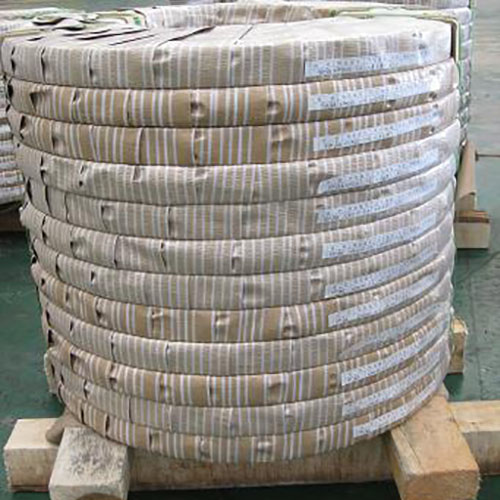

Improving the corrosion resistance of 201 stainless steel strips can be done in the following ways:
1. Increasing the content of chromium and nickel
Adding chromium: The chromium content of 201 stainless steel is relatively low, usually between 16% and 18%. By increasing the chromium content, its corrosion resistance can be significantly improved. Chromium can react with oxygen to form a protective film, reducing the intrusion of external corrosive substances.
Adding nickel: Nickel can enhance the corrosion resistance of stainless steel, especially in acidic environments. Its corrosion resistance can be improved by adding an appropriate amount of nickel.
2. Optimizing the heat treatment process
The microstructure of 201 stainless steel can be improved and its corrosion resistance can be increased through proper annealing treatment. Especially after high-temperature annealing, the passivation film formed on the surface of the steel helps to improve corrosion resistance.
3. Surface treatment
Polishing and grinding: Polishing or grinding can make the surface of 201 stainless steel strips smoother, reduce fine cracks and surface unevenness, and thus reduce the entry of corrosion sources.
Electroplating treatment: Some manufacturers will perform nickel plating, electroplating chromium and other treatments on 201 stainless steel to further improve its surface corrosion resistance.
4. Passivation treatment
Passivation: A chemical passivation process is used to form a dense oxide film on the surface of stainless steel to improve its corrosion resistance. The passivation film can effectively prevent external corrosive substances from reacting with steel and extend its service life.
5. Reduce the content of sulfur and phosphorus
The sulfur and phosphorus content in 201 stainless steel is high, which will affect its corrosion resistance. By controlling the impurity components during the smelting process and reducing the content of these elements, the corrosion resistance of steel can be improved.
6. Increase the content of nitrogen
Adding nitrogen (usually through nitriding) can enhance the corrosion resistance of stainless steel, especially the resistance to stress corrosion cracking (SCC) in chloride environments.
7. Control the use environment
201 stainless steel is suitable for some low-corrosive environments, but if there are strong acidic, chloride or high temperature conditions in the use environment, it is recommended to avoid long-term contact. Under these conditions, you can consider using materials with higher corrosion resistance.
8. Add anti-corrosion coating
The surface protection layer can be added through coating (such as polyurethane, epoxy resin, etc.) to prevent the erosion of chemical substances. Such coating can effectively increase the corrosion resistance of the material, especially for more extreme environments.
Through these methods, the corrosion resistance of 201 stainless steel strip can be effectively improved and its service life can be extended, especially when used in harsh environments such as chemical and marine environments.
